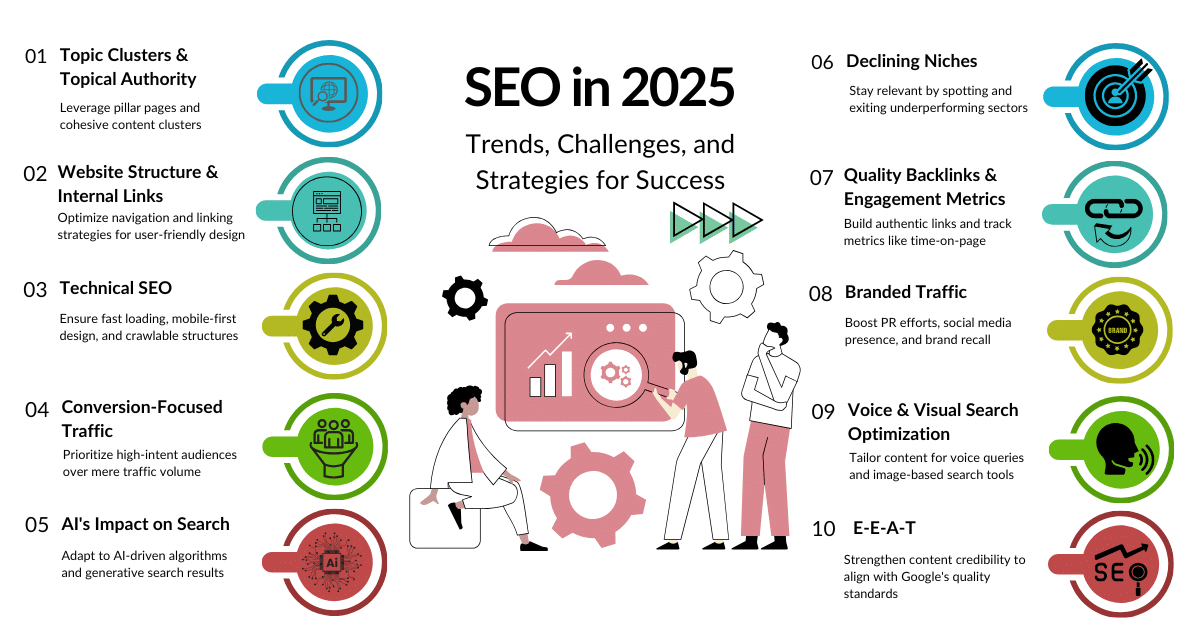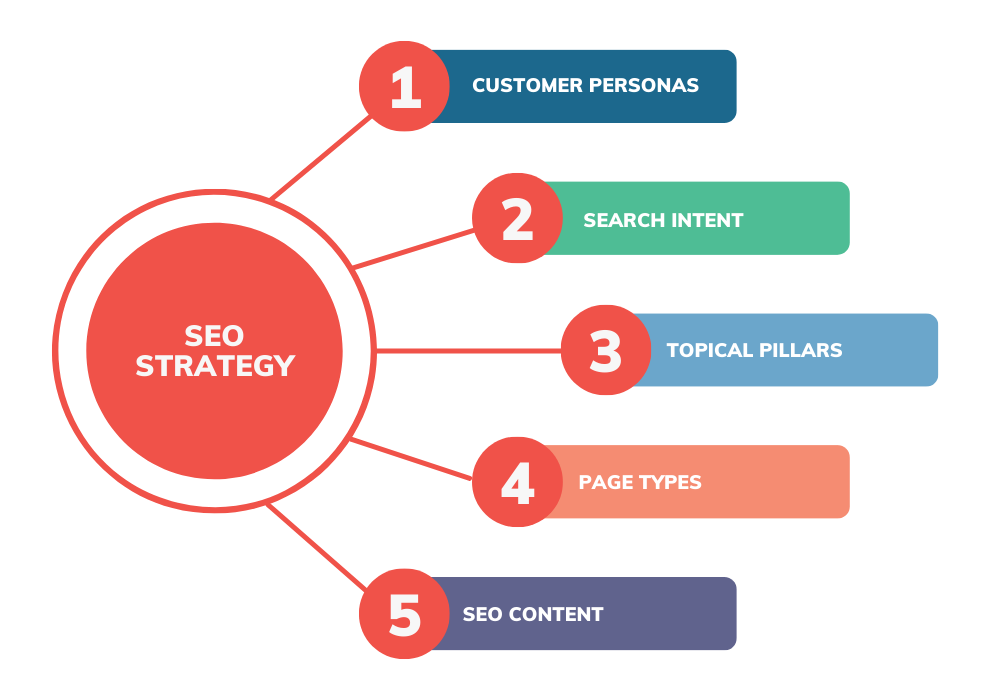Search Engine Optimization (SEO) is a process that helps websites or online content rank higher in search engine results. SEO allows you to increase your website’s visibility and ranking in line with search engine algorithms. However, there are many elements that work in SEO, and much discussion surrounds which aspects are the most important. Let’s explore the most crucial elements of SEO.
1. Keyword Research
Keyword research is one of the most essential aspects of SEO. Choosing the right keywords will help your website rank higher in search engine results. Through keyword research, you will learn which words or phrases your target audience or customers are searching for. Using this information, you can create content that attracts more traffic with the correct keywords.
A good keyword research process ensures the selection of the right keywords, competitive analysis, and the creation of content based on keyword search volume. Additionally, you can use long-tail keywords, which are less competitive but help you reach a more specific and relevant audience.
2. Content Quality
Content quality is a vital part of SEO. Google and other search engines prioritize content that is informative, clear, and high quality. By creating high-quality content, you will not only benefit your users but also attract the attention of search engines.
To create high-quality content, it needs to be relevant, engaging, and rich for your target audience. Use the right keywords within the content, but avoid overusing them (keyword stuffing). Your content should be structured properly, with each paragraph having a clear point or message.
An essential component of quality content is user experience (UX). The content you create should be simple, effective, and user-friendly so that visitors want to stay on your site longer and engage with your content.
3. Backlinks
A backlink is a link from another website to yours. Search engines consider backlinks crucial because they show how valuable and reliable your site’s content is. When many high-quality and relevant websites provide backlinks to your site, search engines interpret it as a sign of your site’s authority and credibility, which in turn improves its ranking.
Additionally, internal linking is also important. If you link to other pages within your content, it helps search engines find the content on other pages of your site, which contributes to the completeness and overall ranking of the site.
4. Technical SEO
Technical SEO includes all the technical processes that ensure your site is effective and properly indexed by search engines. This element ensures your site’s speed, mobile friendliness, sitemaps, URL structure, security (HTTPS), and more.
Here are three key aspects:
- Loading Speed: The speed at which your site loads is crucial. A slow website can frustrate users and act as a negative signal for search engines.
- Mobile-Friendly Design: Google places significant importance on mobile-friendliness in its algorithm, as most users now access the internet via mobile devices.
- HTTPS: Ensuring that your site is secure is vital as it protects both the security and privacy of users.
5. On-Page SEO
On-page SEO refers to the optimization of each individual page of your site, including elements such as title tags, meta descriptions, heading tags, image optimization, URL structure, and more. It’s crucial to include the right keywords in your content, but be careful not to overdo it.
- Title Tags and Meta Descriptions: These are important parts of your site that appear directly in search engine results and help attract users.
- Heading Tags: Use H1, H2, and H3 tags to structure your content for readability and ease of indexing by search engines.
- Image Optimization: Reduce the size of images to improve site speed, and use appropriate ALT tags for each image to ensure accessibility and SEO-friendliness.
6. User Experience (UX) and Signals
User experience (UX) and user signals have become increasingly important in SEO. Search engines track how users behave on your site, including metrics like bounce rate, time on site, and click-through rate (CTR). These signals help search engines gauge your website’s relevance and content quality.
The more people stay on your site and interact with it, the more Google will view your site favorably, resulting in improved rankings.
Conclusion
Search Engine Optimization (SEO) is a long-term process that requires multiple elements and strategic decisions. Proper keyword research, high-quality content, backlinks, technical SEO, and on-page SEO all play significant roles in improving SEO. Additionally, user experience and user signals are also crucial factors. When these elements are combined correctly, they will significantly enhance your website’s ranking and the number of visitors.




